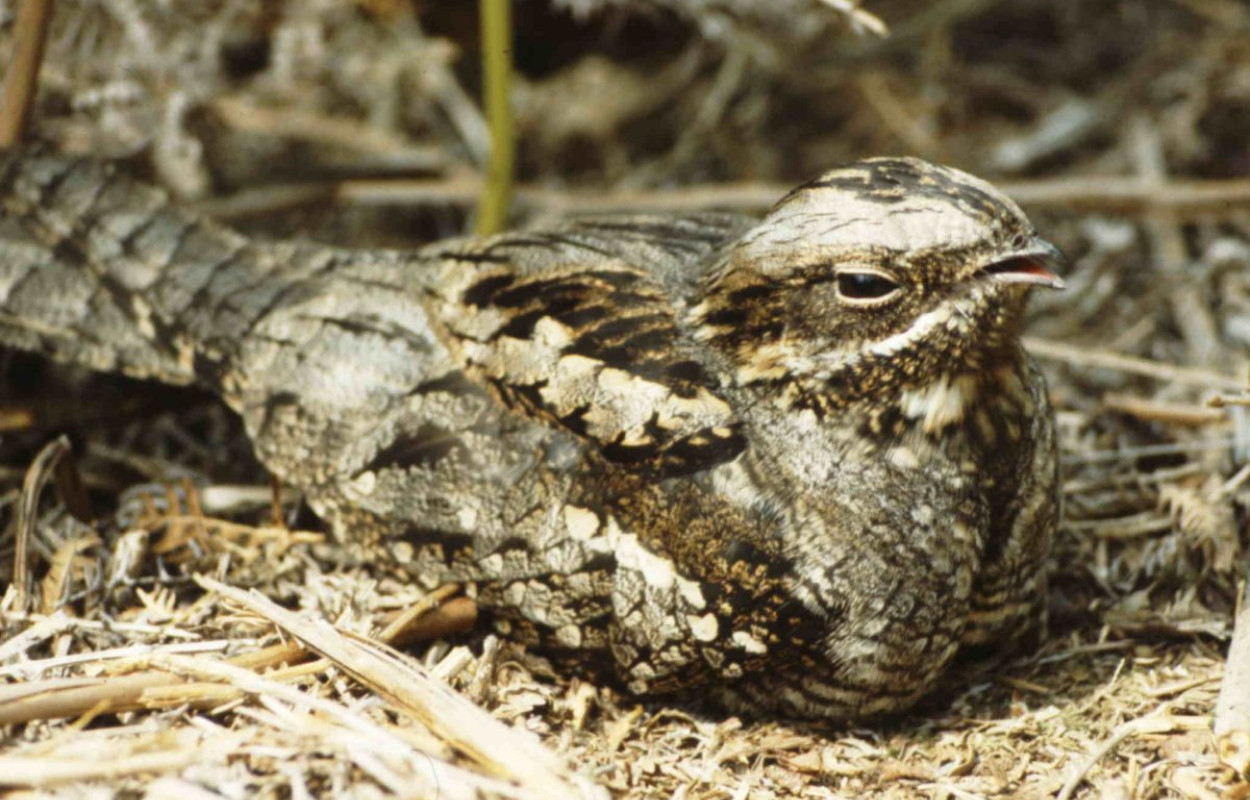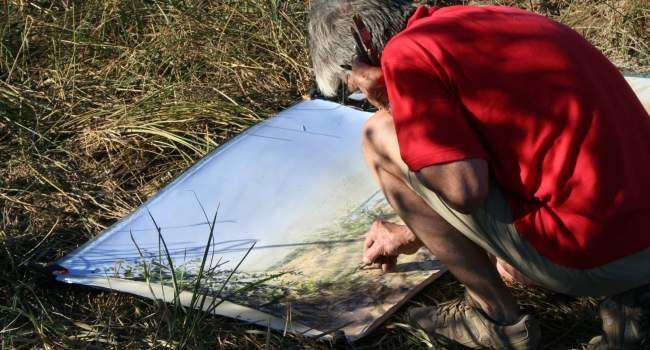Migratory pathways, stopover zones and wintering destinations of Western European Nightjars Caprimulgus europaeus

Author(s): Evens, R., Conway, G. J., Henderson, I. G., Creswell, B., Jiguet, F., Moussy, C., Sénécal, D., Witters, N., Beenaerts, N. & Artois, T.
Published: February 2017
Journal: Ibis
Digital Identifier No. (DOI): 10.1111/ibi.12469
The advent of geolocators allowed Nightjars to be tracked for the first time in 2009. These give daily locations accurate to around 100 km, meaning they are more than appropriate for tracking migration routes and wintering area at the continental scale. More recently, GPS devices have become sufficiently small to use, and these provide high precision locations but only once every 10 to 20 days. Using a combination of geolocators and GPS tags, researchers from Hasselt University, Biotrack, and the University of Sorbonne worked with Greg Conway and Ian Henderson from the BTO to examine the migration routes and wintering areas of 11 adult Nightjars marked at breeding sites in the UK, France and Belgium between 2009 and 2015.
The results show that the main wintering area is located in the Savannah and scrub forests, to the south of the central African tropical Rainforests, mainly in the southern region of the Democratic Republic of Congo (similar to that favoured by our satellite-tagged Cuckoos). This area has not previously been identified as a wintering area for this species, but now appears to be a very important for Nightjars breeding in western Europe. The study also identified key stopover sites for the first time, on the boundaries of major ecological barriers including the Mediterranean Sea, Sahara Desert and Central African Tropical Rainforest, avoidance of the latter being somewhat surprising given the high insect resource potentially available in such habitat. Major differences in spring and autumn migration were noted, with autumn passage being on a broad front involving a fairly direct crossing of the central Saharan region, while birds in spring took a substantially longer western route back to their breeding grounds, involving a detour via West Africa of around 2000 km. Further work is underway to investigate migration routes and wintering area used by other breeding populations throughout Europe.
In the UK, the Nightjar has recently been moved from the Birds of Conservation Concern Red List to the Amber List. By identifying key migration routes and wintering grounds, this study provides important information that will further aid monitoring and conservation efforts of this charismatic species.








Share this page